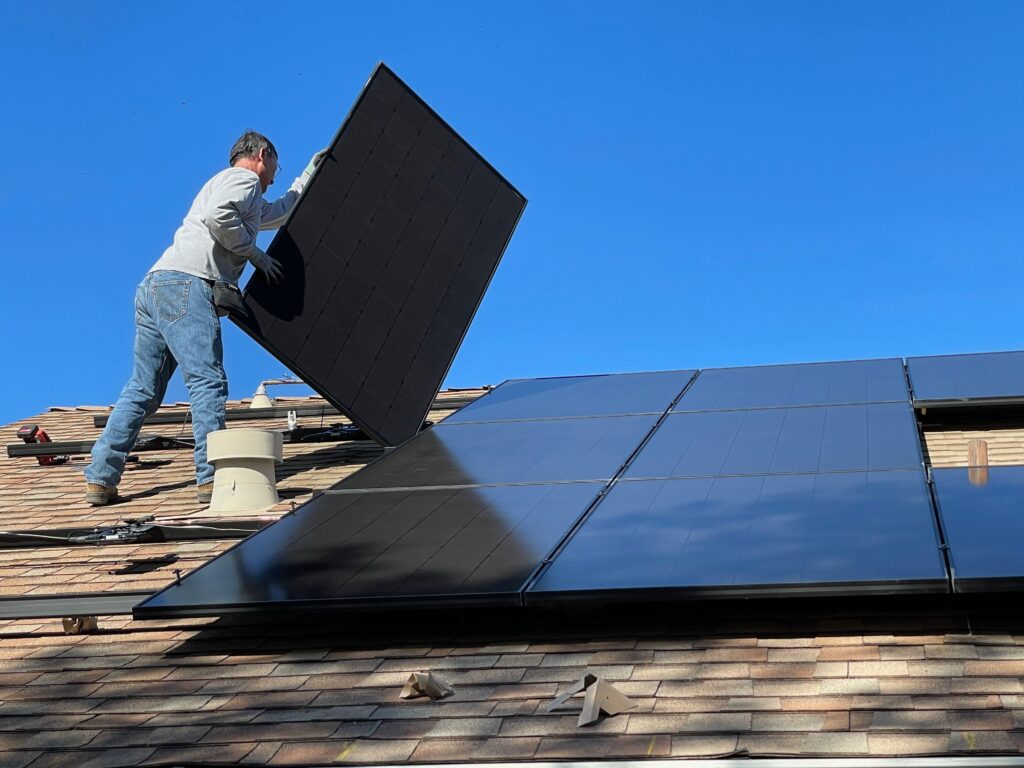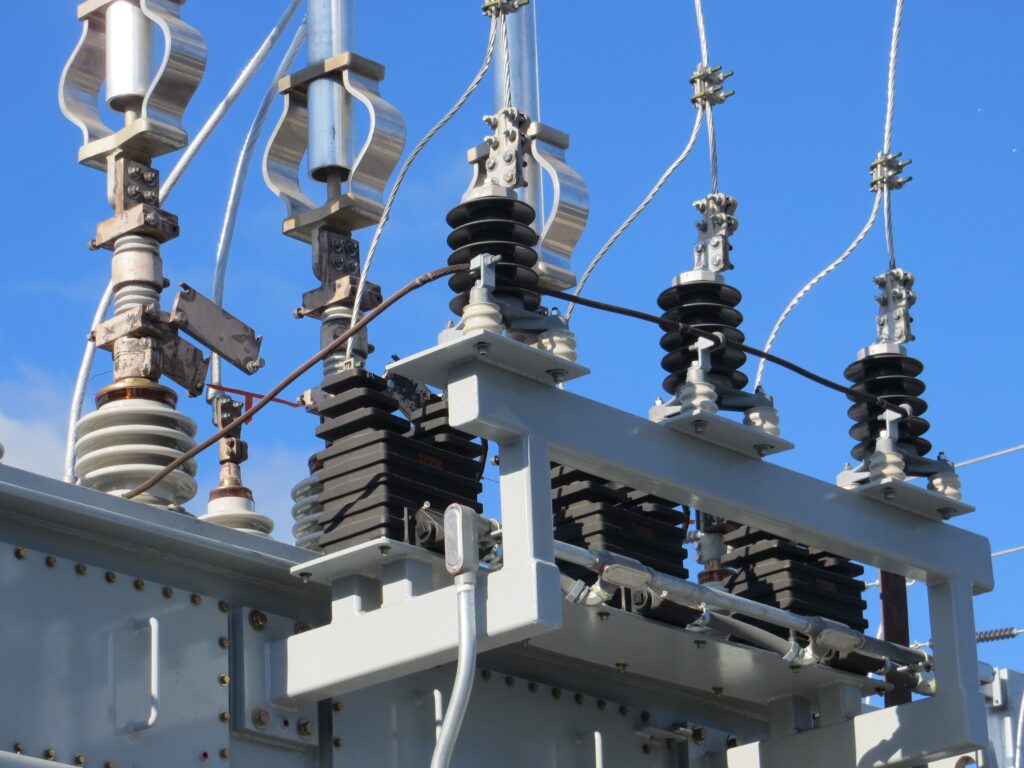So you’ve been considering investing in a solar generator, but before you take the leap, it’s important to understand its potential drawbacks. In this article, we will explore the disadvantages of a solar generator, shedding light on some important factors you should know. From limited energy storage to inconsistent performance in cloudy weather, we’ll break down the pros and cons to help you make an informed decision. Let’s dive in and explore the flip side of this renewable energy solution!

High Initial Costs
Investing in a solar generator can be quite expensive, primarily due to the capital investment required. The cost of solar panels and batteries is a significant portion of the initial expense. While the prices of solar panels have decreased over the years, they still represent a substantial investment. Additionally, the cost of setting up and installing the solar generator system can further add to the overall expenditure. However, it is important to note that although the initial costs may be high, over time, the savings on electricity bills can offset these expenses.
Dependent on Weather Conditions
The efficiency of solar generators is highly dependent on the weather conditions. Cloudy or rainy days can significantly impact the performance of solar panels, reducing their ability to generate electricity. Furthermore, during the winter season when days are shorter and sunlight is limited, solar generators may not produce enough power to meet the energy needs of a household or business. Additionally, climatic changes can also affect solar generator performance, further highlighting their dependence on weather patterns.
Not Suitable for High Consumption Devices
Solar generators have limitations in terms of power output, making them incompatible with high consumption devices. While solar energy can power a range of appliances, devices with high energy requirements such as air conditioners, electric water heaters, or large machinery may exceed the capacity of a solar generator. In these cases, an alternative power source, such as the grid or a backup generator, may be necessary to meet the energy demands of such devices.
Need for a Large Expanse of Space
One of the drawbacks of solar generators is the requirement of a significant amount of space for the installation of solar panels. Depending on the energy requirements of a household or business, a considerable number of panels may be needed, which can occupy a substantial area. This poses challenges, especially in urban settings where space is limited. Individuals residing in compact properties may find it difficult to allocate sufficient space for the installation of solar panels, thus making solar generators less feasible in such situations.

Declining Efficiency Over Time
As with any technology, solar panels experience a decline in efficiency over time. The degradation rate of solar panels is a concern as it affects their performance and effectiveness in converting sunlight into electricity. Regular replacements of aging or damaged solar panels may be required to maintain optimal efficiency. These replacements can add to the overall costs of operating a solar generator. Additionally, proper maintenance of the panels is necessary to ensure their longevity and efficiency, which can also entail additional expenses.
Environmental Concerns
While solar generators are often considered an environmentally friendly energy source, their production process raises certain environmental concerns. The manufacturing of solar panels involves the use of various chemicals and materials, some of which can have detrimental effects on the environment if not handled properly. Additionally, the disposal and recycling of solar panels at the end of their lifespan presents another challenge. Developing sustainable and efficient methods for the production, disposal, and recycling of solar panels is crucial to minimize their environmental impact.

Variation in Sun Exposure
The effectiveness of solar generators can be hindered by shadows or obstructions that block sunlight from reaching the solar panels. Nearby buildings, trees, or other structures can cast shadows and limit the amount of sunlight that can be harnessed for electricity generation. Furthermore, fixed solar panels are unable to adjust their position to track the movement of the sun throughout the day, which can further impact their efficiency. To mitigate these issues, sun tracking or adjustable installations can be used, but they come with additional costs and complexities.
Energy Storage Constraints
Solar generators rely on solar batteries to store excess energy generated during the day for use during nighttime or when the sunlight is insufficient. However, solar batteries can be expensive and their capacity and lifespan are limited. The cost of purchasing and installing solar batteries adds to the initial expenses of setting up a solar generator system. Moreover, during prolonged periods of low sunlight or high energy demand, the reliance on solar batteries alone may not be sufficient to meet the energy needs, leading to limitations during the night.
Location-specific Efficiency
The efficiency of solar generators can vary based on the geographical location. Regions with less sunlight or a higher frequency of cloudy days may experience decreased solar yield. This can present challenges for individuals or businesses situated in these areas, as their solar generators may not generate enough power to meet their energy requirements. Optimal panel positioning and the use of technology such as sun tracking systems can help mitigate this disadvantage, but it may not completely eliminate the variability in solar yield based on location.
Intermittent Energy Production
Solar generators are dependent on daylight for energy production. This dependency makes them inadequate during power failures or blackouts, as there may not be enough sunlight to generate electricity. While solar generators can be used in conjunction with battery backup systems, extended periods of low sunlight can deplete the stored energy. Managing energy demand and supply becomes crucial in such situations. Backup power sources, such as traditional generators or connection to the power grid, may be necessary to ensure a continuous and reliable energy supply during times of low sunlight or power outages.
In conclusion, while solar generators offer numerous benefits such as clean and renewable energy, there are also several disadvantages to consider. The initial costs associated with setting up a solar generator system can be high, and the efficiency of solar generators is heavily dependent on weather conditions. Additionally, their limitations in powering high consumption devices, the need for a large expanse of space, declining efficiency over time, and environmental concerns surrounding production and disposal of solar panels further contribute to their disadvantages. Variation in sun exposure, energy storage constraints, location-specific efficiency, and intermittent energy production also pose challenges. Understanding these disadvantages is essential for individuals or businesses looking to invest in solar generators, as it enables them to make informed decisions and evaluate whether solar generators are suitable for their specific needs and circumstances.




